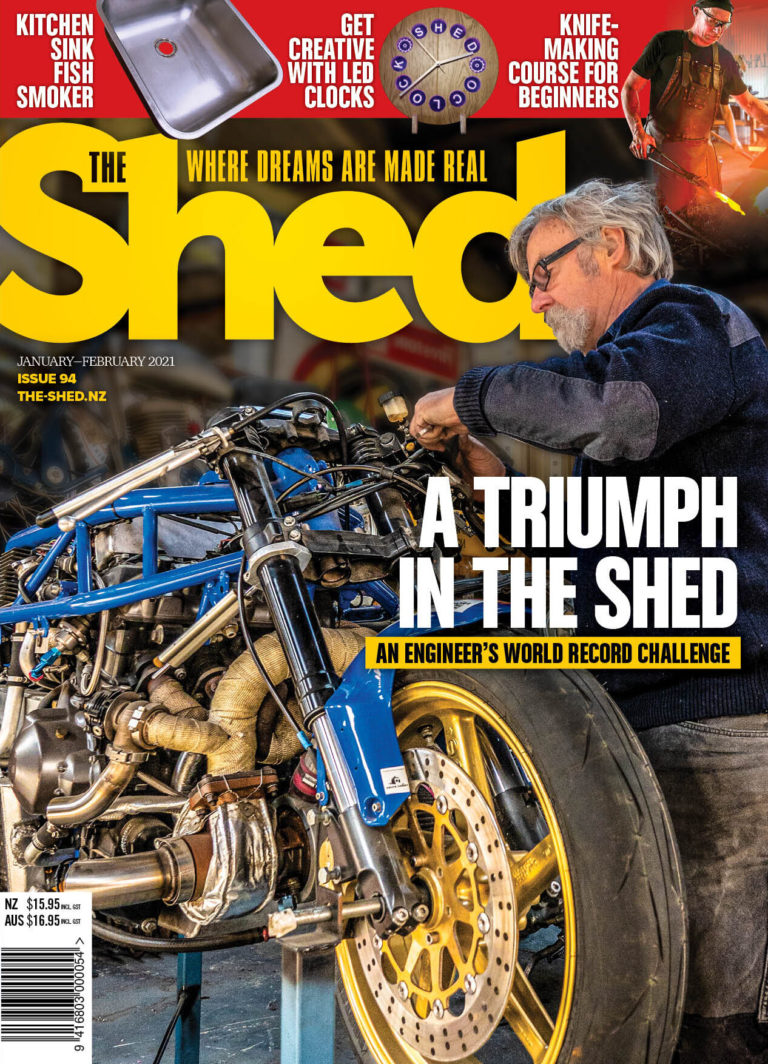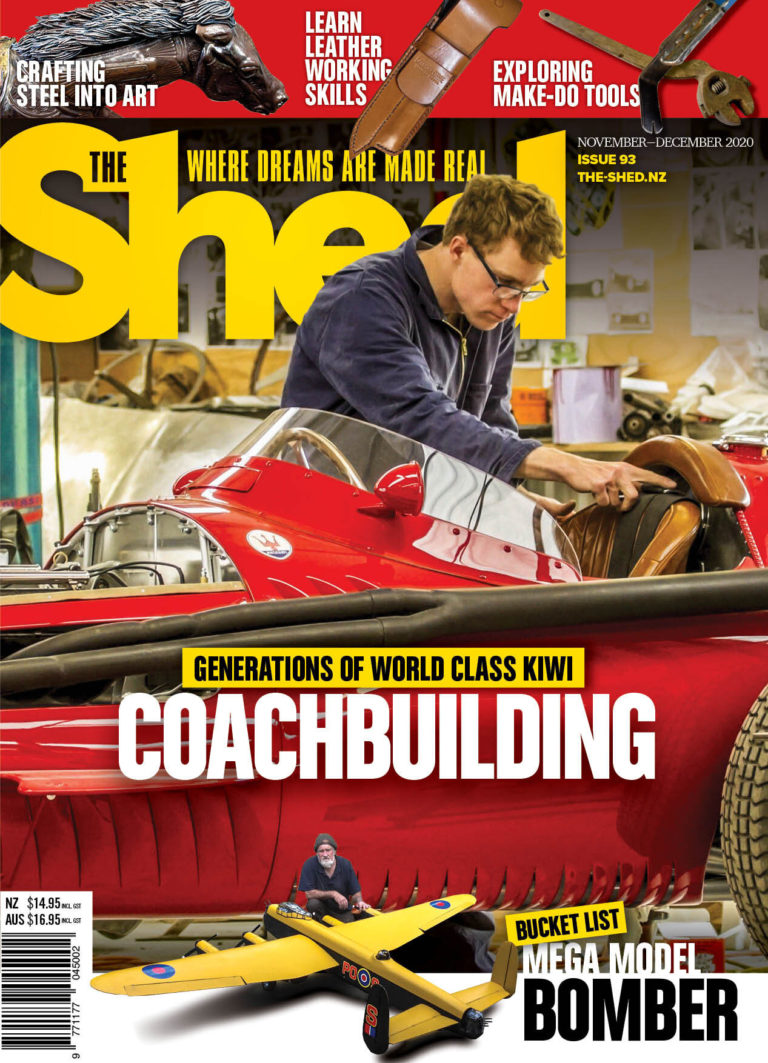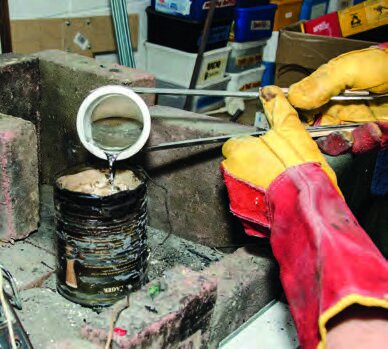Glen Macmillan works between his two sheds creating sculptures from recycled waste. His junk of choice is gardening tools, landscaping equipment, and farming equipment — particularly the older kind of hand tools that were made to last and had a bit of styling; “beautiful curves, beautiful profiles, beautiful textures,” Glen enthuses. A large part of what Glen creates, though, is made from bronze, and he shares with us his method of casting bronze using the lost wax method. This is an ancient process that serves him well in the creation of sculptures large and small. Follow the steps to discover how to cast bronze using wax and ceramic shells.
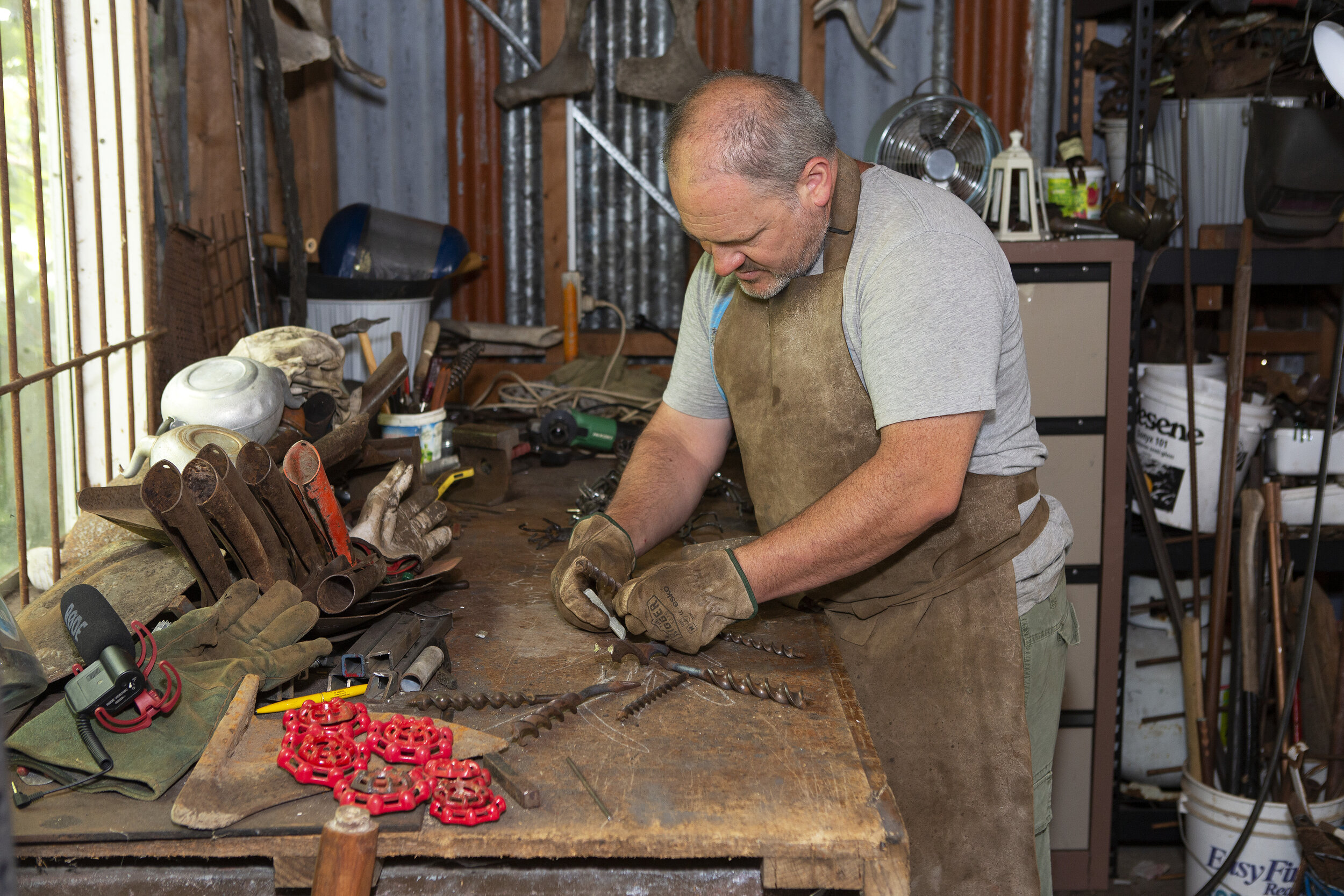
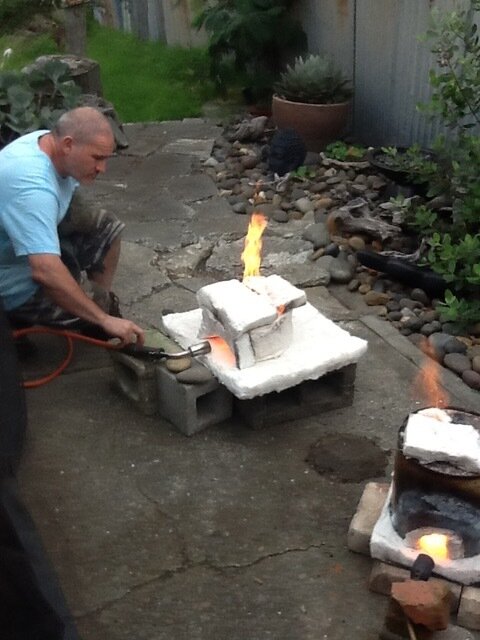
Using a bandsaw requires a lot of care and attention at all times. Gavin Melville’s Menzshed bought a new saw, but there were some instant concerns. The saw worked well but had one alarming feature: when it was turned off, the blade continued running for approximately 20 seconds. During this time, it was almost silent, and that was seen as a real danger to both the operator and anybody else nearby. Gavin decided that this was just too unsafe, so set about installing a brake for the saw. He shares that project with us.
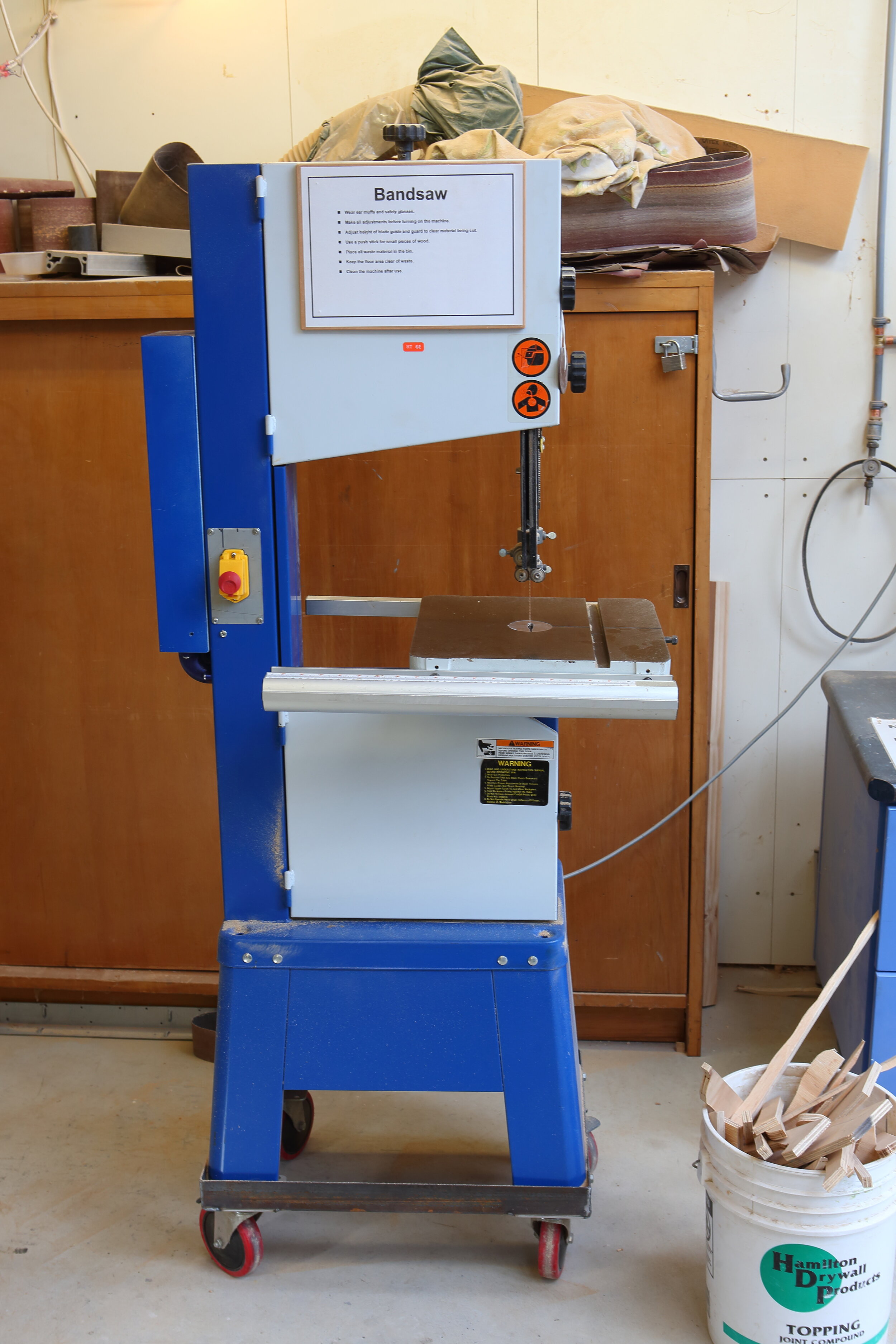
Now, a boring bar is more versatile than its name suggests, as Bob Hulme explains to us in this issue’s instalment of Mastering the Lathe, Part 6: “We can use drills and reamers to make holes but a boring bar allows us to make a hole any size we want. We are not confined to a standard drill size. The lathe was invented to produce perfectly round objects, and we think in terms of cylindrical objects such as shafts or axles. However, the other side of the coin is making perfectly round holes for the axles to run in. This is where being able to bore holes comes into play.”
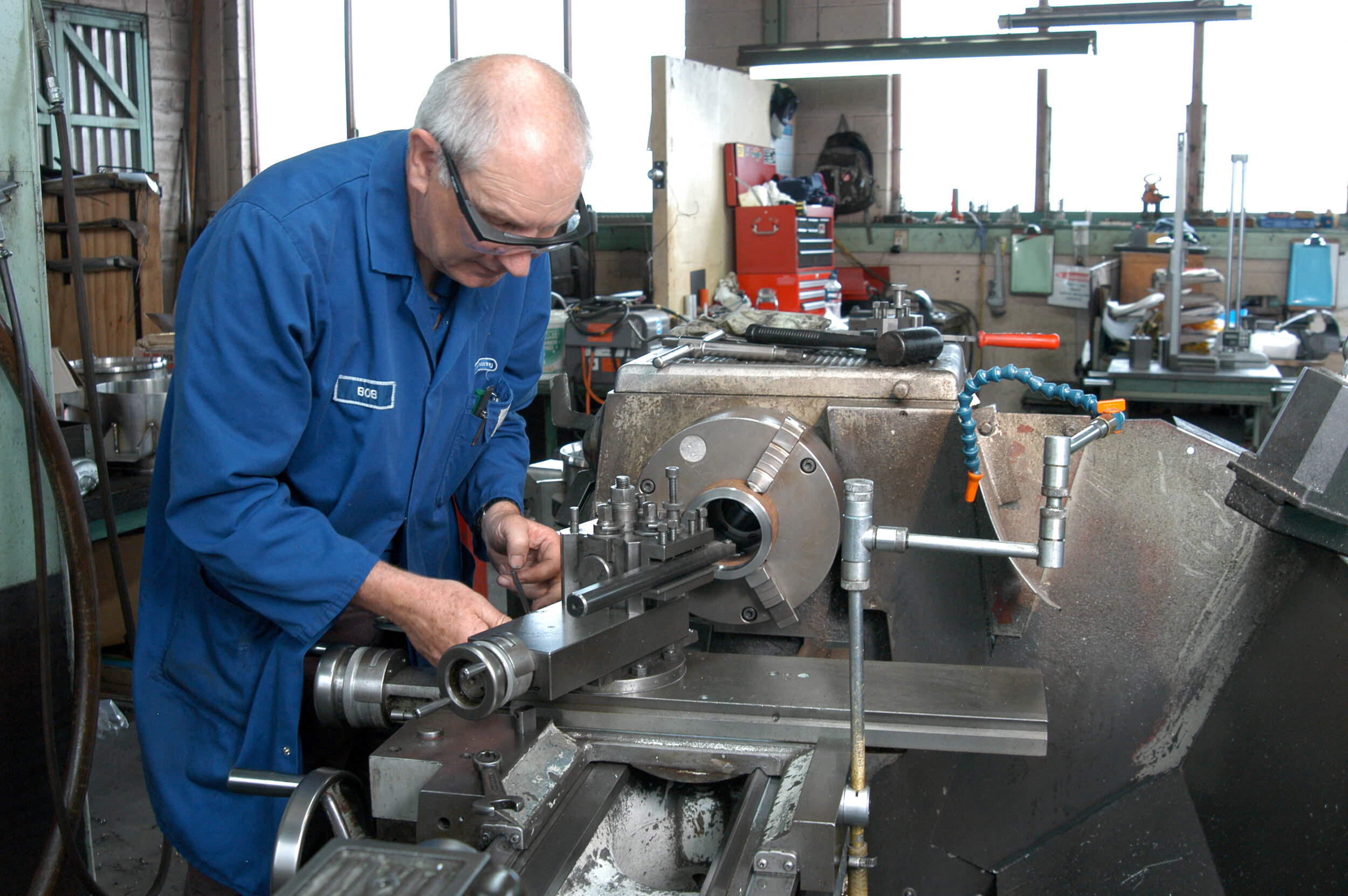
Our electronics wizard Enrico Miglino has decided a life on the road is for him in these Covid times, so he has bought himself a camper van and set about modifying it to just the way he likes. Over the coming months, Enrico will share with us how he adds all the hi-tech kit that he needs for his life on the road. In this issue, he reports on installing a solar-power panel. He is very pleased with how it went and even happier that this is the project he started with on the journey to make his house on wheels a smart home on wheels.
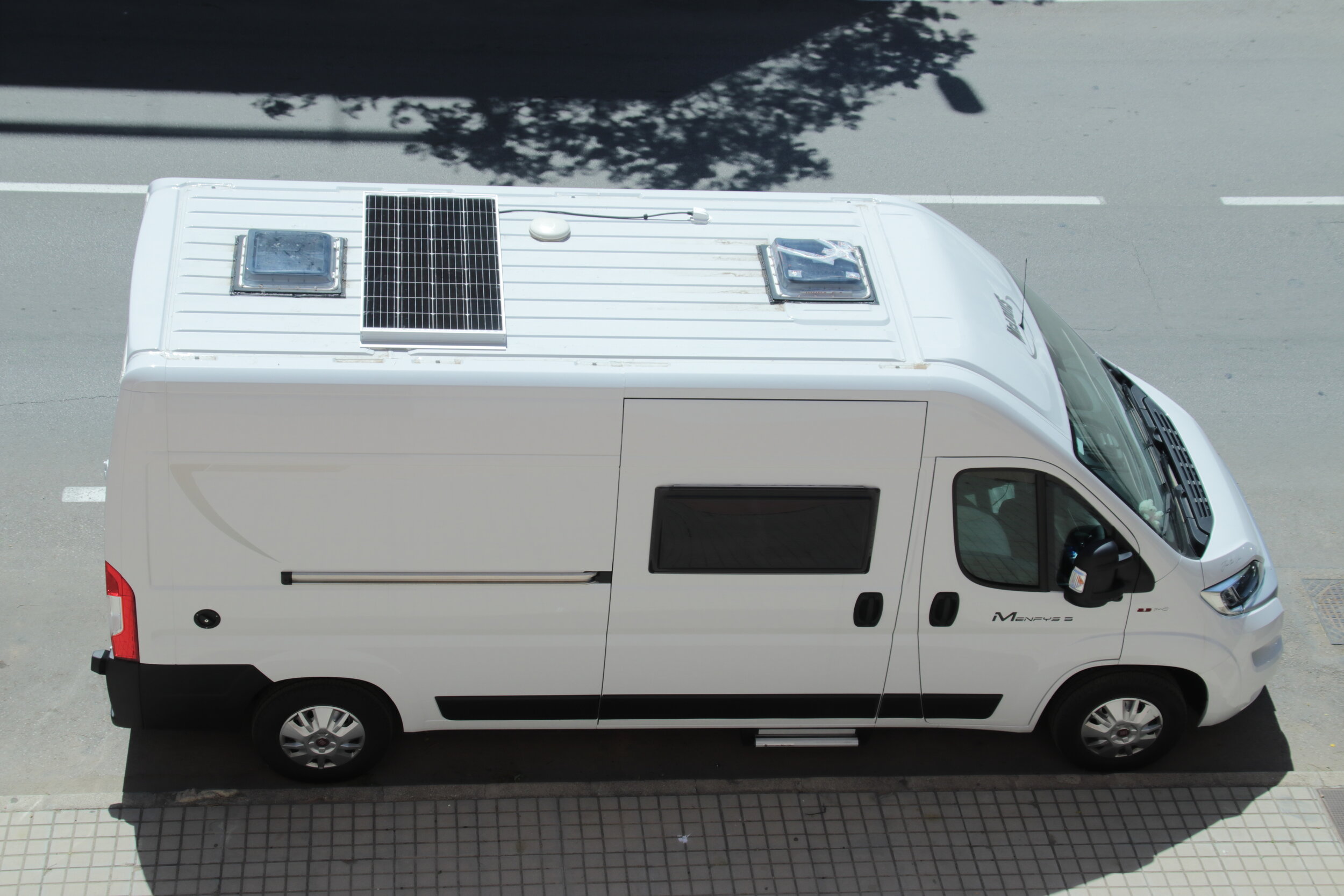
Murray Grimwood has been very busy again this issue, building a unique brazier for his life Off the Grid. But this is not just any brazier. Murray has used recycled materials that he could gather with ease and thought he might as well have a bit of fun with it too, so has made his brazier a steampunk one. Good excuse for a bit of a party at Murray’s we reckon.
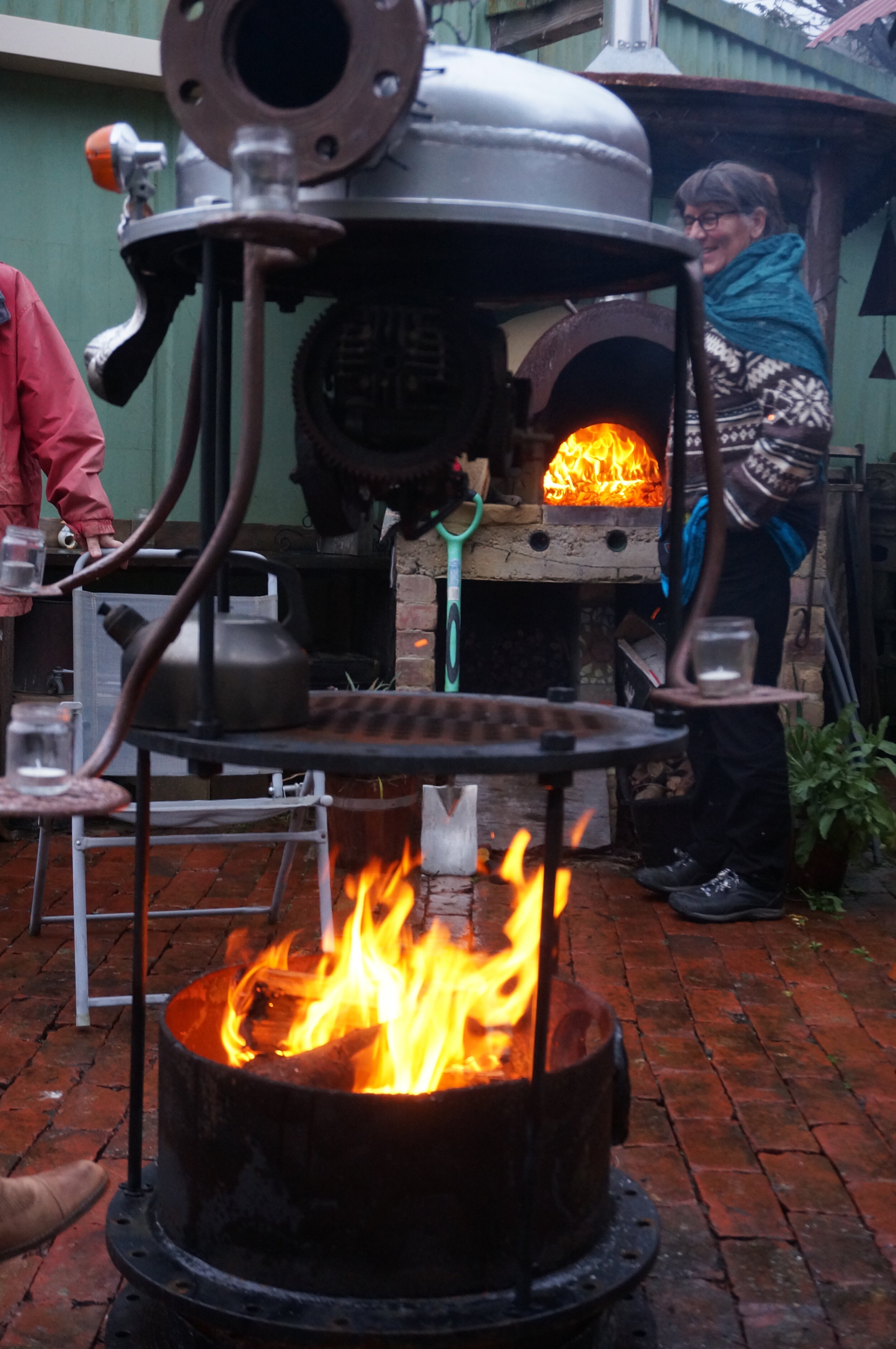
Coen Smit is always got projects underway in his shed, so when he realised that he needed an acrylic bender, this seemed like a perfect excuse for an interesting project. It didn’t matter that the final cost was about the same as for a bought one; he had fun and learnt along the way. See how to build an acrylic bender for yourself in this step-by-step project.
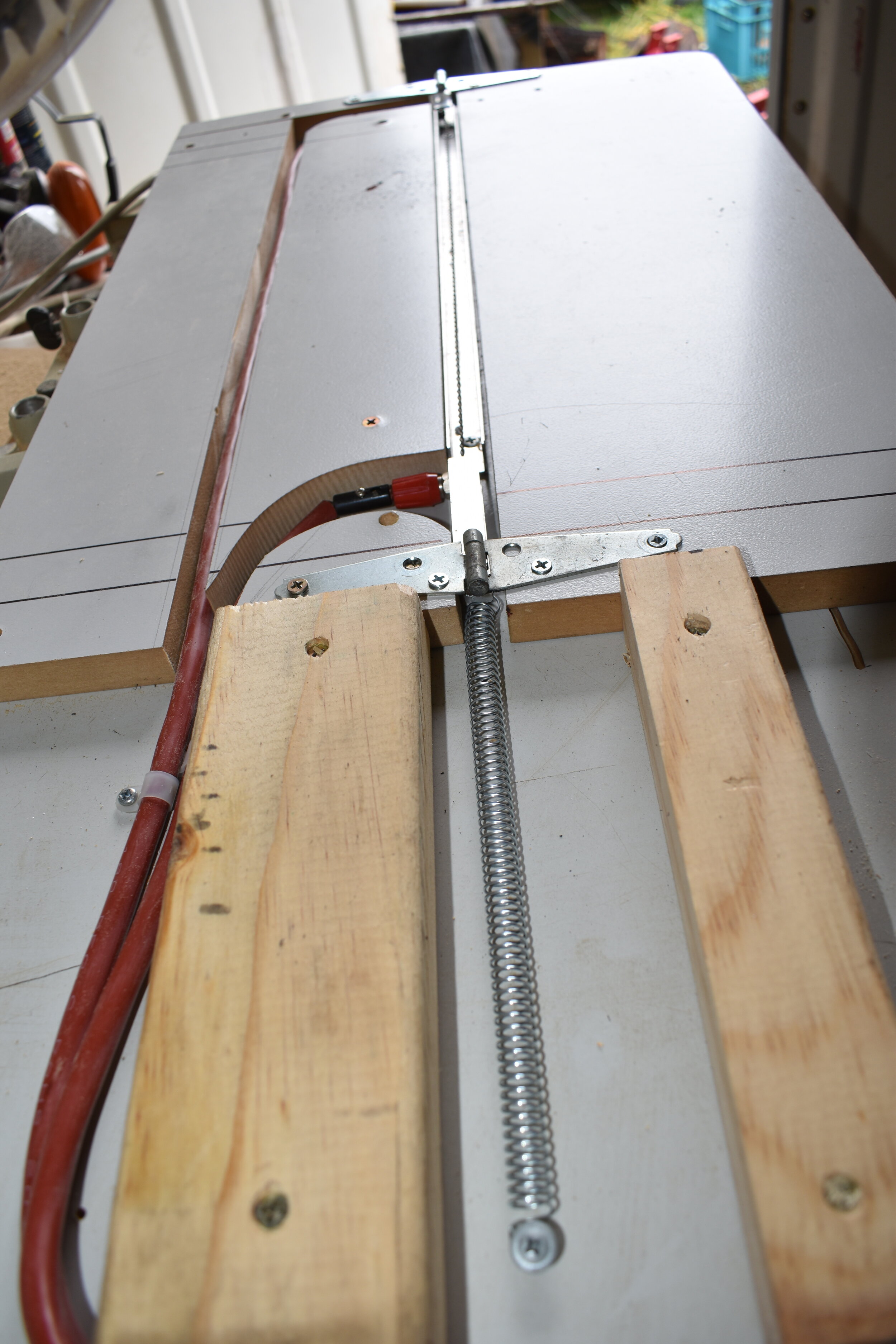
In our Brewers Scoop column this issue, Bryan Livingstone brews us a farmhouse or workingman’s ale, also known as ‘saison’ beer: “The saison beer style is one of the widest styles that I have enjoyed brewing. These beers vary in colour, alcohol content, ingredients, and even crossover between an ale and a sour beer. To understand how we got to this, it’s important to look back to where saison beer originated. The ‘saison’ is a type of farmhouse ale originating from Belgium and northern France. In the 17th and 18th centuries, farmers in this largely rural region brewed ales for their workers who laboured in the heat of summer. Often there was an allocation of beer to each worker as part of his or her wage. This is where the term ‘farmhouse ale’ derived.”
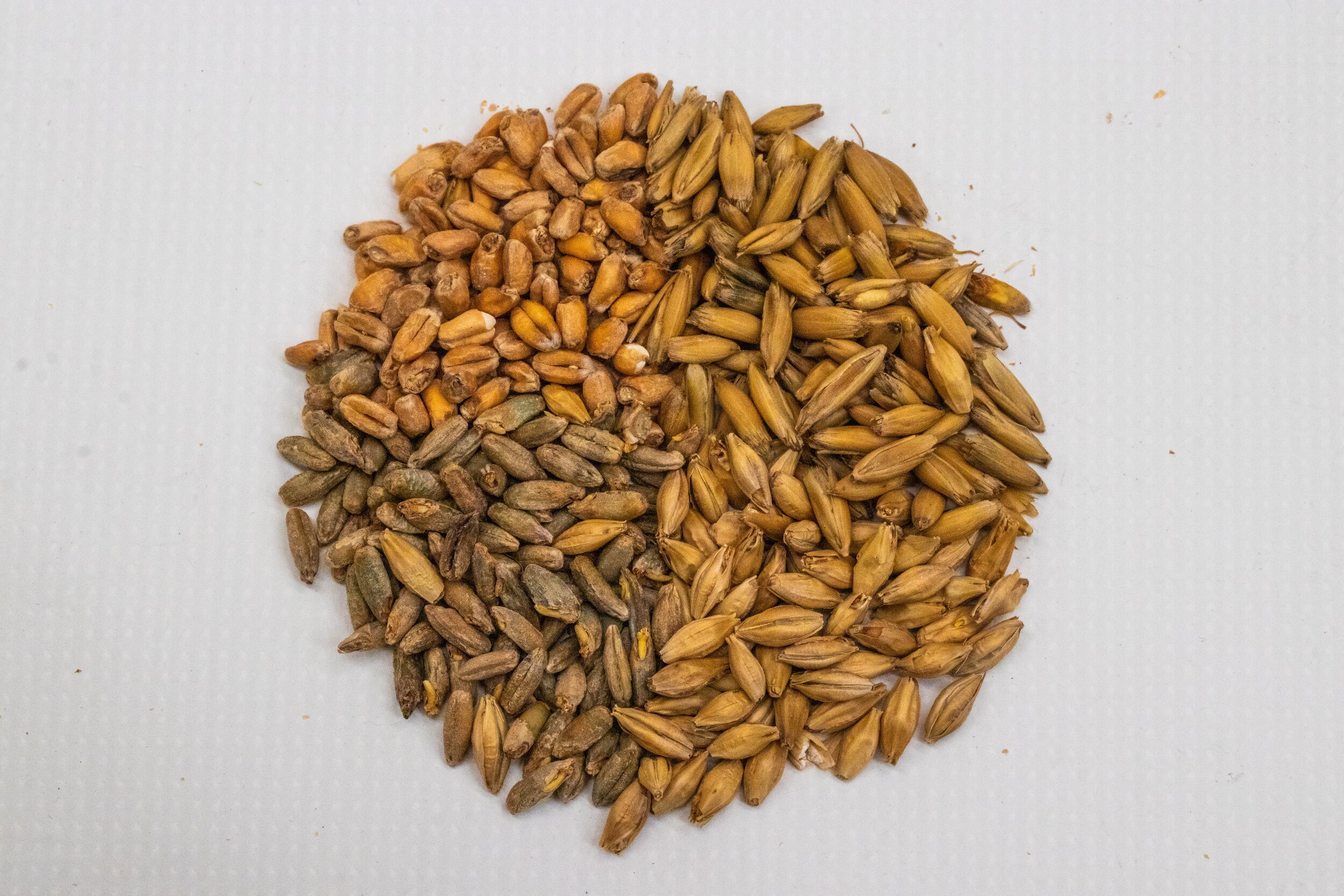
We have a new column in the magazine this issue, Shed Shrink. It’s from Mark Seek, who specialises in helping folks deal with the stresses and strains of daily life. It’s a short and entertaining read, which we are sure many will enjoy. Mark writes, “In my line of work as a resilience coach it has become apparent that many blokes have forgotten the importance of having dreams and following them through. I have spoken to many who don’t believe in the relevance of, or value the significance of, connecting to something they are passionate about.”
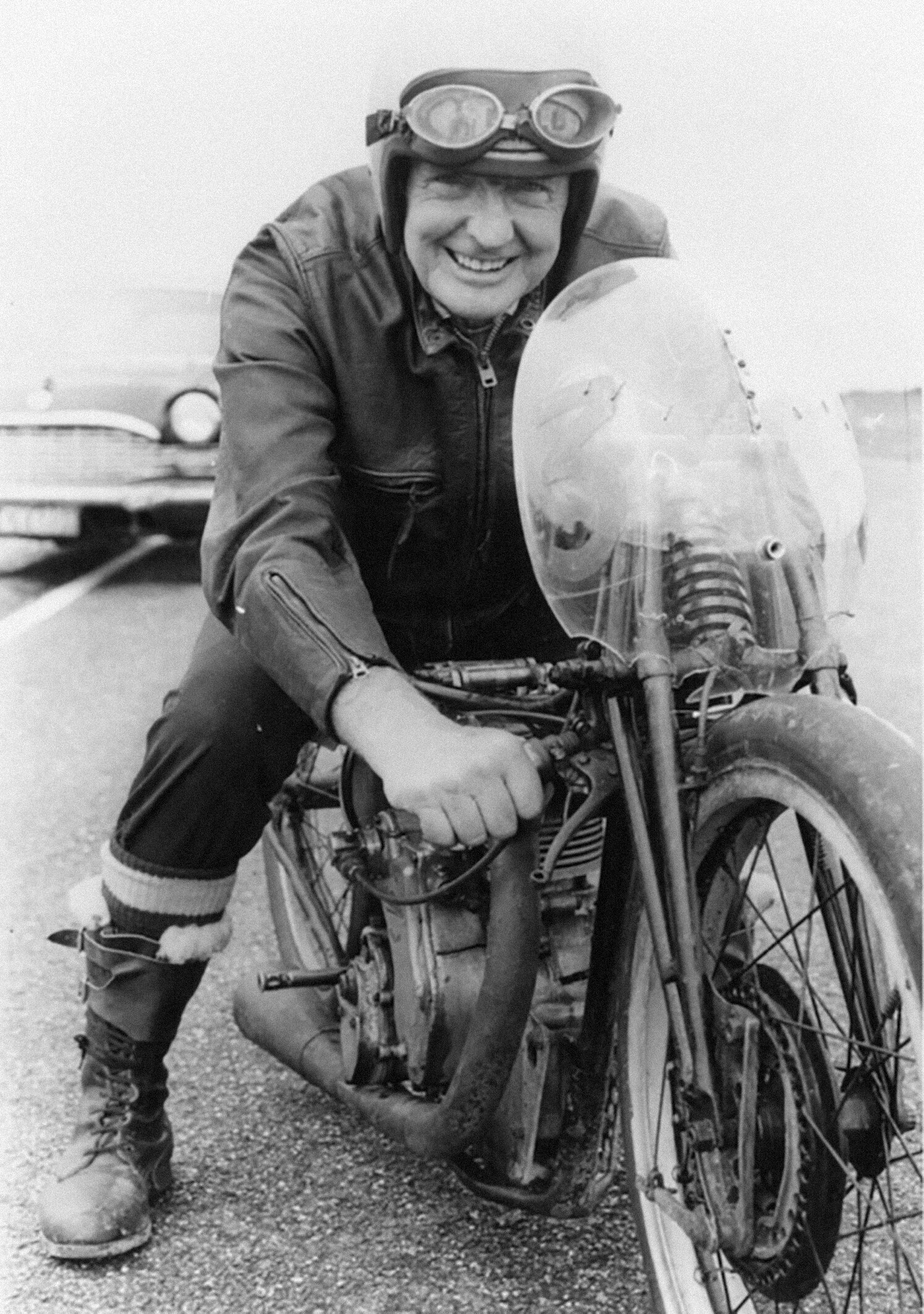

Autonomous vehicles are coming and coming very soon. One Kiwi company is at the forefront of this innovative technology. We head to Auckland to meet Mohammed Hikmet, executive chairman of HMI Technologies Ltd, and discover just how close this new technology is to being part of our everyday lives.

Needs must — an accident spurred Adrian Faulkner on to invent a very useful device, A Third Hand, for opening jars and bottles. Adrian’s wife’s accident made him confront a widespread challenge: gripping and opening jars, bottles, and cans with damaged or weakened hands. Adrian shows us how to make the useful device for our own needs, for mass producing for sale or gifting.

Mark Beckett tells us there are new microcontrollers in town in his article in The Shed Issue No. 98, and they are very versatile. Quite a few years ago, the Arduino was the go-to microcontroller. It was cheap, versatile, and easy to programme. Fast forward to today and the ESP8266 and ESP32 are the new go-to microcontrollers.

Jason Burgess introduces us to Jody Hooker from Hooker’s Kustom Rides in West Auckland. Jody is a welder by trade and splits his work week between a gig at a Penrose paper mill — where he hard faces all the blades — and the multiple bike projects that inhabit his workshop, where he also lives. Since 2007, he has single-handedly completed more than 30 scratch-built and prize-winning bikes — from flat tube to roadworthy — and modified dozens more. He considers his commissions as collaborations with his customers.
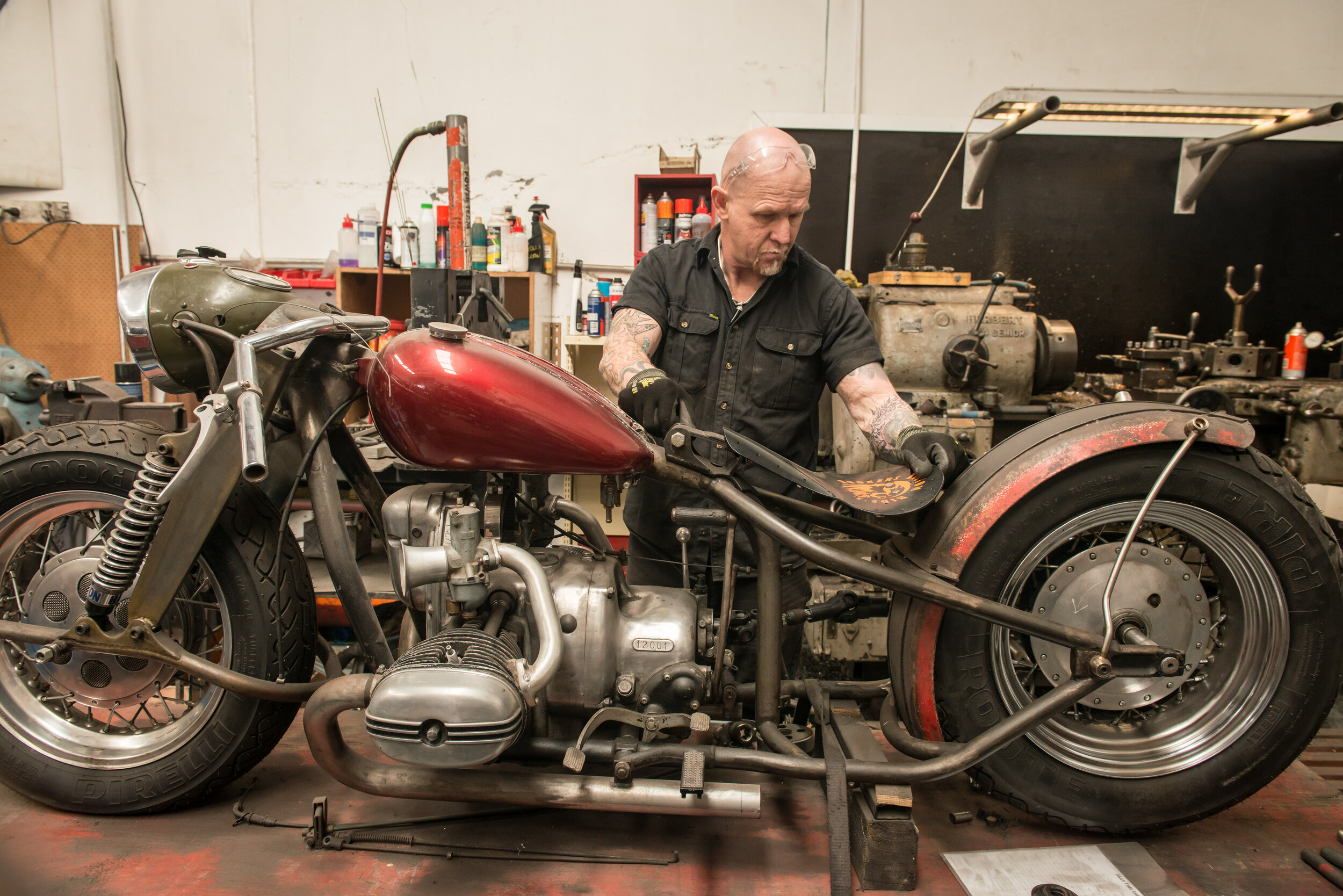
Jude Woodside closes the issue as usual with his Back o’ The Shed column. This time, he wonders what ute he will buy next now that gas guzzlers are personae non grata. An electric vehicle (EV) perhaps, or is there another option he would like to investigate?
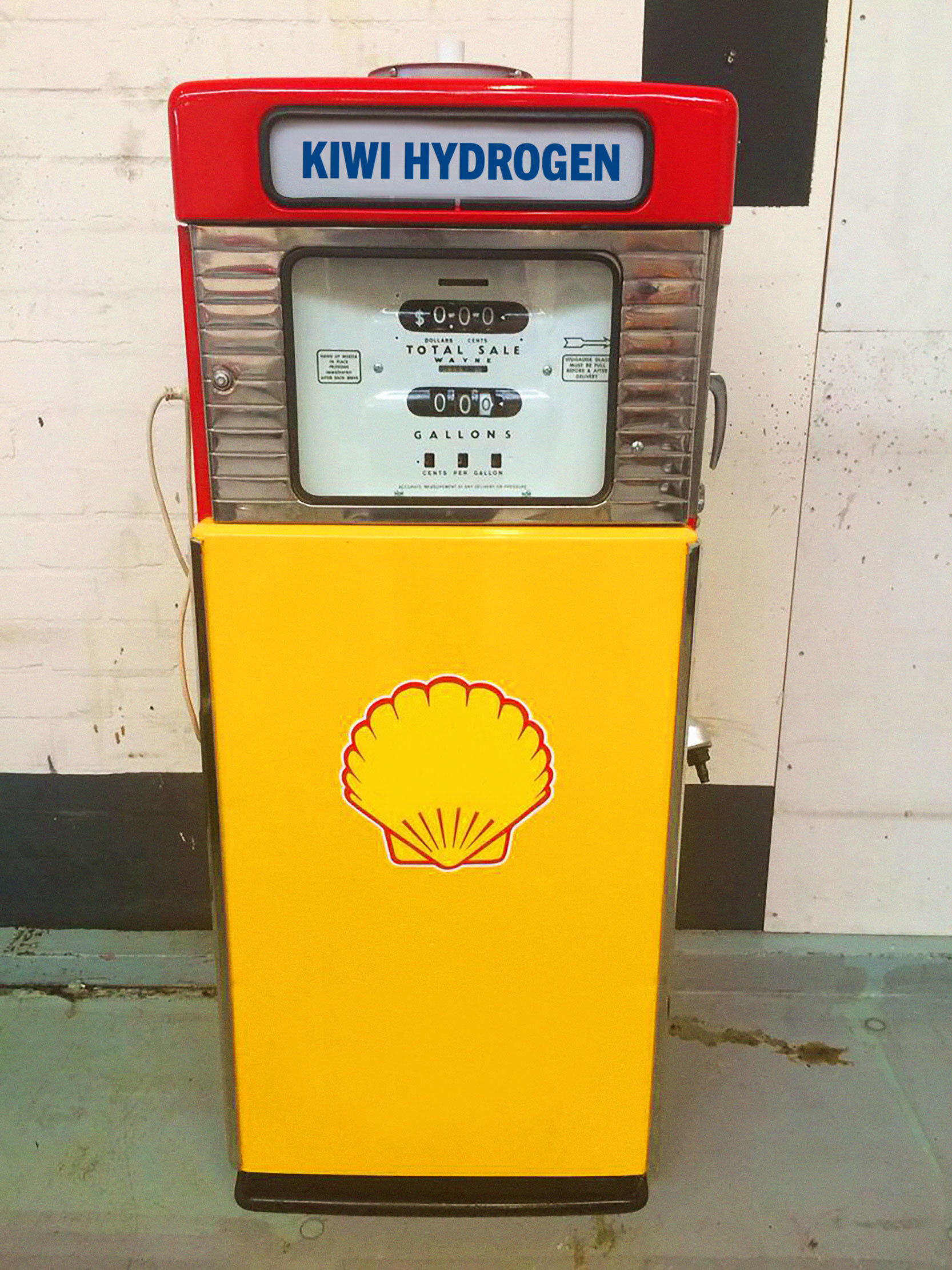
To find your nearest newsagent who sells The Shed in Australia, see our Retailer list.
To purchase a copy of this magazine, a back issue or to subscribe, head to our online shop. We deliver subscriptions worldwide.

